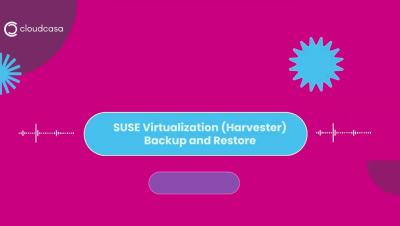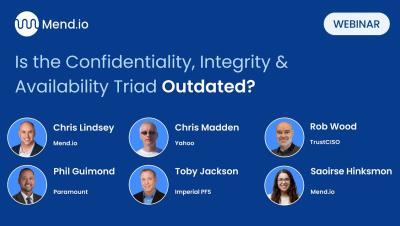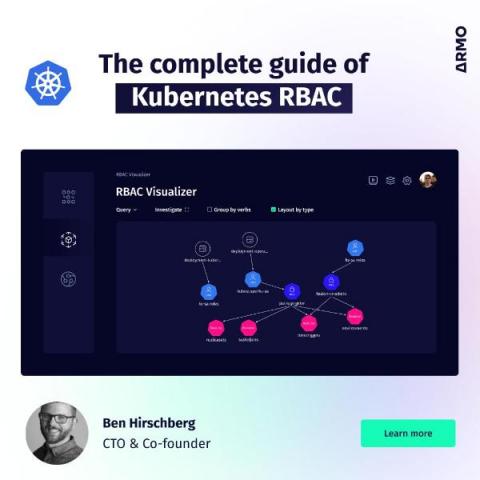Mend.io - Backstage Integration: Bringing Security Insights Where You Need Them
Launched as an internal project by Spotify in 2016, Backstage was released under the Apache 2.0 open source license in 2020 to help other growing engineering teams deal with similar challenges. Backstage aims to provide a consistent developer experience and centralize tools, documentation, and services within a single platform.











